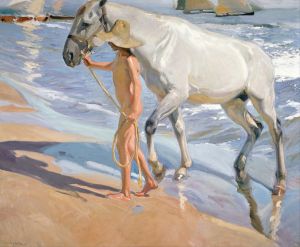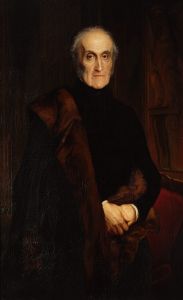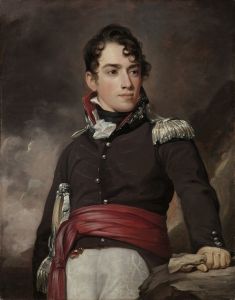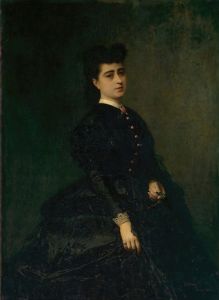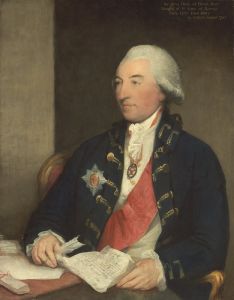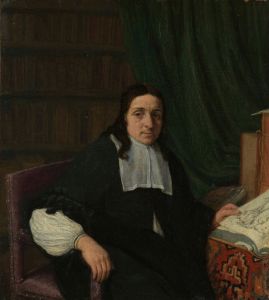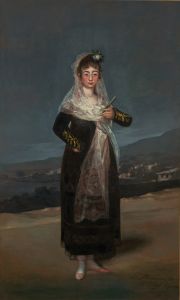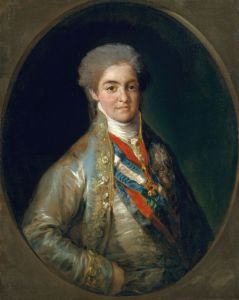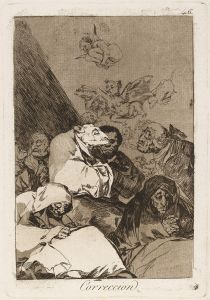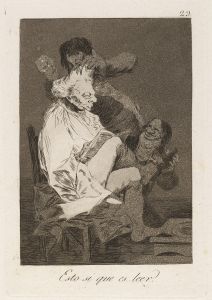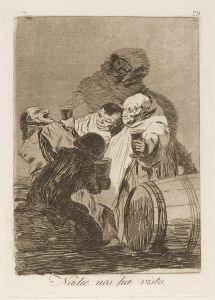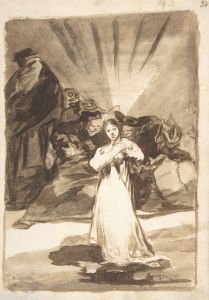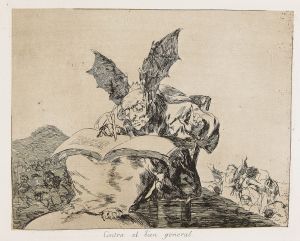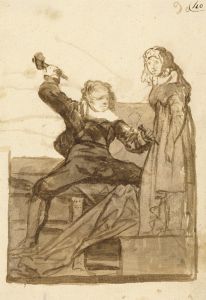
Portrait of Don Ramón Satué
A hand-painted replica of Francisco de Goya’s masterpiece Portrait of Don Ramón Satué, meticulously crafted by professional artists to capture the true essence of the original. Each piece is created with museum-quality canvas and rare mineral pigments, carefully painted by experienced artists with delicate brushstrokes and rich, layered colors to perfectly recreate the texture of the original artwork. Unlike machine-printed reproductions, this hand-painted version brings the painting to life, infused with the artist’s emotions and skill in every stroke. Whether for personal collection or home decoration, it instantly elevates the artistic atmosphere of any space.
"Portrait of Don Ramón Satué" is a painting by the renowned Spanish artist Francisco de Goya. Created in 1823, this portrait is a significant example of Goya's work during a tumultuous period in Spanish history. The painting depicts Don Ramón Satué, a judge who served during the reign of King Ferdinand VII of Spain.
Francisco de Goya, born in 1746, is often regarded as one of the most important Spanish artists of the late 18th and early 19th centuries. His work spans a wide range of subjects, from royal portraits to scenes of war and social critique. By the time he painted Don Ramón Satué, Goya had already established himself as a master portraitist, known for his ability to capture the psychological depth and character of his subjects.
The portrait of Don Ramón Satué is notable for its directness and simplicity. Goya employs a restrained palette, focusing on the subtle interplay of light and shadow to bring out the features of the sitter. Don Ramón is depicted seated, with a calm and composed expression, dressed in the formal attire appropriate for his position. The background is kept minimal, which serves to emphasize the figure of Satué and draw the viewer's attention to his face and demeanor.
This painting was created during a period of political instability in Spain. The early 1820s were marked by the restoration of King Ferdinand VII, who had been deposed during the Napoleonic Wars but returned to power after the fall of Napoleon. Ferdinand's reign was characterized by a return to absolute monarchy and the suppression of liberal movements, which had gained momentum during the earlier constitutional period. Goya, who had witnessed the upheavals of his time, often reflected the social and political climate in his work, though this particular portrait remains focused on the individual rather than overt political commentary.
Goya's portraits are celebrated for their psychological insight, and the "Portrait of Don Ramón Satué" is no exception. The judge's expression is one of quiet dignity, suggesting a man of integrity and thoughtfulness. Goya's ability to convey such depth with minimalistic composition is a testament to his skill and understanding of human nature.
The painting is housed in the Museo del Prado in Madrid, which holds one of the most comprehensive collections of Goya's work. The museum provides context for the painting within Goya's broader oeuvre, showcasing his evolution as an artist and his response to the changing world around him.
"Portrait of Don Ramón Satué" remains an important work for its artistic merit and historical context. It exemplifies Goya's mature style and his capacity to portray the essence of his subjects with clarity and empathy. Through this portrait, viewers gain insight into both the individual depicted and the broader societal conditions of early 19th-century Spain.





